Our cities are what we eat - 2022 CLIMAS E&S Fellows Introductions
It’s late afternoon and I am sitting on the veranda at my parent’s house in the small mountain town of Montagu in the Western Cape Province of South Africa. In front of me lies a fishpond, inhabited mostly by Koi, and beyond that stretches a green lawn scattered with a variety of fruit trees. Some overripe apples have fallen to the ground, enticing several of the plump hens who have free range in the garden. To my left is a large vegetable patch and the chicken coop where my mother collects fresh eggs every morning. Grapevines creep up and over the latticework above my head, creating a dappled shade, and hummingbirds flit around the birdfeeders that have been hung from the pillars. I wave at Charles, the Malawian man who comes around every week to help tend the garden and do odd jobs around the house. He is whistling a tune while picking some spinach and green peppers for our evening meal – usually, he will take some produce home with him too.
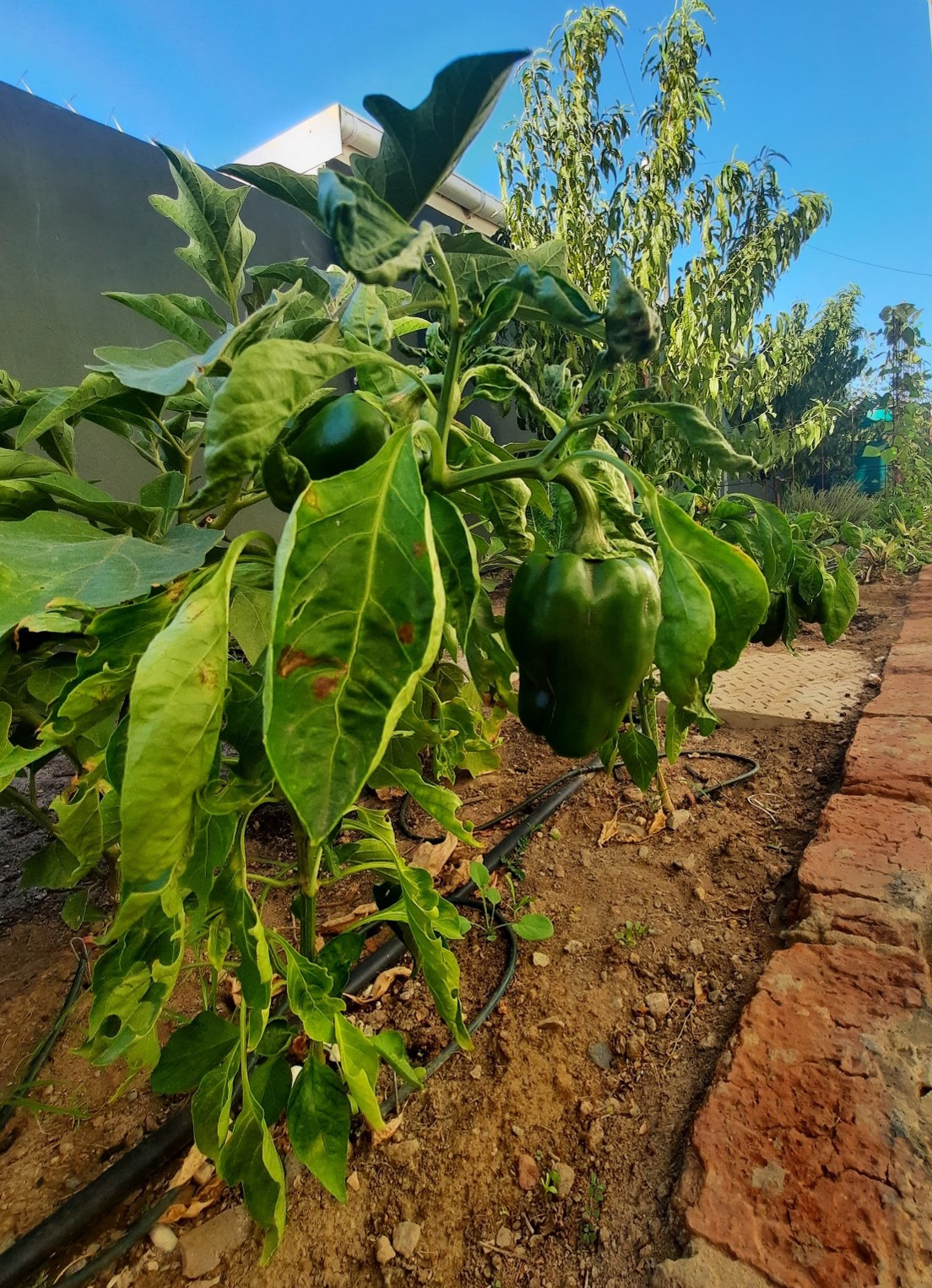
Figure 1: Green peppers growing in my parent’s vegetable garden in Montagu, South Africa. Image credit: Julia Davies
Although I am enjoying the peaceful life in Montagu for a few days, the main reason that I have travelled to South Africa from Arizona is to collect data for my PhD dissertation. As a student in geography, I am researching the drivers of food insecurity among low-income urban households in southern Africa. By studying how people living in cities produce, access, and utilize food (and what challenges they face in this regard), I aim to identify opportunities for developing more sustainable and resilient urban food systems in the region. Such food systems would need to have the capacity over time to provide sufficient, safe, and accessible food to all urban residents, even in the face of shocks and pressures like those caused by climate change.
As I write this, with the autumn sun warming my back, I realize how climate change has been the key thread in my journey. My favorite subject in high school was geography, in which the stern Mr. Lance taught the class about climate systems and the problem of global warming. I went on to complete an undergraduate degree in environmental and geographical science at the University of Cape Town (UCT), and although I wasn’t immune to the social elements of the university experience, I worked hard on my Honors capstone project, which considered how low-income social housing developments could be made more climate resilient.
After a gap year, I returned to UCT to begin my master’s degree with the African Climate and Development Initiative (ACDI). I immersed myself in my studies during this time, taking courses in atmospheric science, climate change mitigation, vulnerability, impacts, and adaptation, and managing complex human-ecological systems. My MSc thesis looked at the co-production of municipal climate change adaptation plans in the Western Cape Province. It gave me my first taste of “real” empirical research and inspired me to stay on at the ACDI as a research assistant for the next 18 months. I worked specifically on a collaborative, multi-country research project called “Adaptation at Scale in Semi-Arid Regions” (ASSAR). I had the opportunity to travel to countries like Namibia, Botswana, and Ghana to learn about climate change impacts and adaptation opportunities in agricultural communities, and to participate in stakeholder engagement activities such as participatory workshops. ASSAR also introduced me to the world of science communication, which is a skill that I am continuously working on and which I hope to develop further during my time as a CLIMAS fellow.
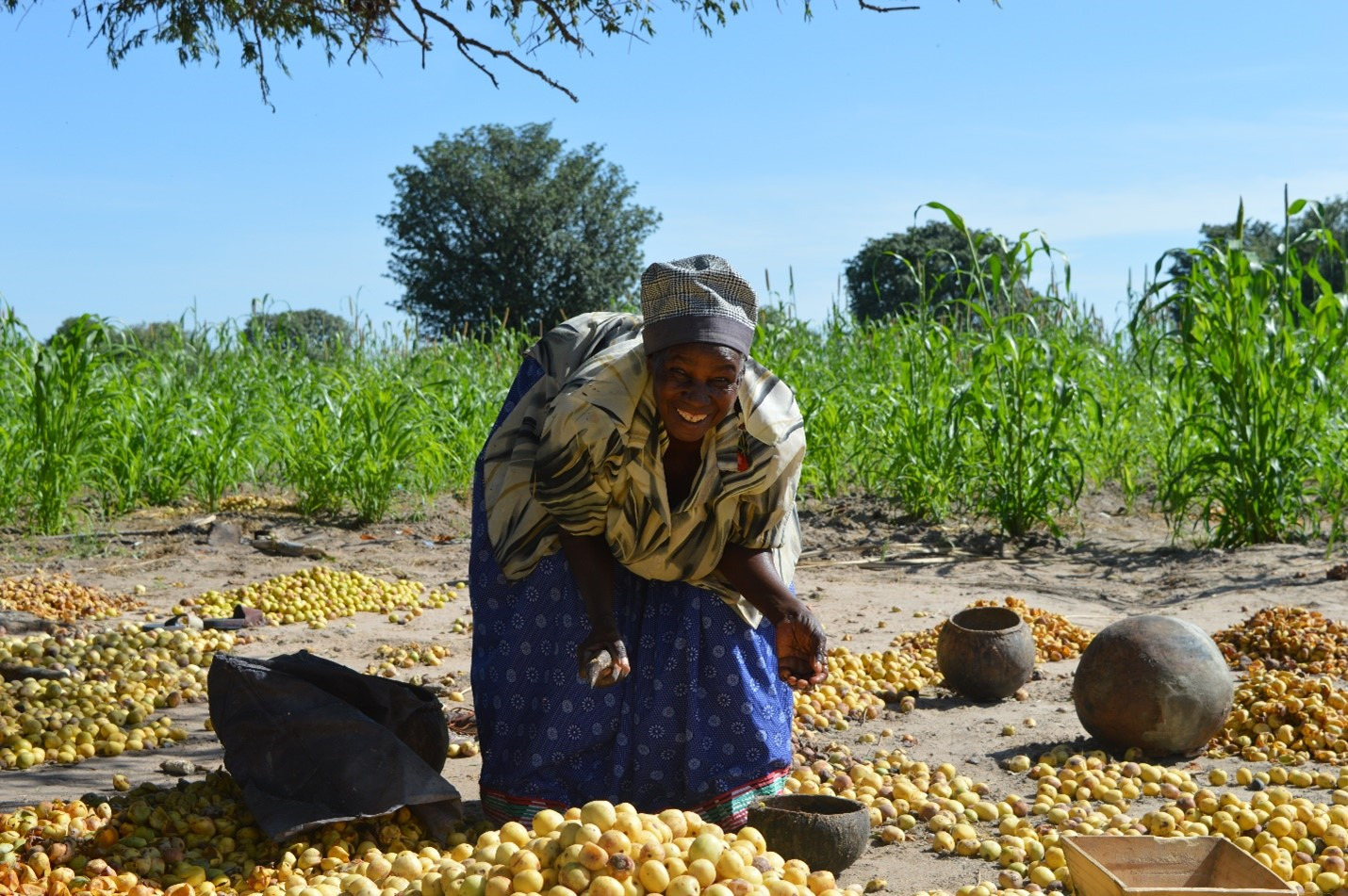
Figure 2: Woman farmer collecting marula fruits in northern Namibia. Image credit: Sophie Lashford, ASSAR project.
In 2018, I met a professor from the University of Arizona at the Adaptation Futures conference in Cape Town, where I was presenting a poster of my research on the cultural dimensions of climate smart agriculture in Namibia [1]. This meeting ultimately led me to Arizona, where I began my PhD journey in 2019 under the supervision of Prof. Tom Evans. I am now part of a collaborative research group that investigates how urban population growth and climate change create food security challenges across rural-urban continuums in Zambia, Kenya, and South Africa. Within this project, I have a particular interest in the role of urban agriculture—the practice of growing crops and raising animals within urban area boundaries. My work on urban agricultureii will form the basis of a webinar and policy brief that I plan to develop and share with stakeholders in Zambia later this year. Through these media I aim to engage stakeholders who are responsible for various functions related to food security in Zambia, including local and district councilors, urban planners, the national Ministry of Agriculture, and representatives from the World Food Programme (WFP) and the Food and Agriculture Organization (FAO), both of which have local offices in Zambia.
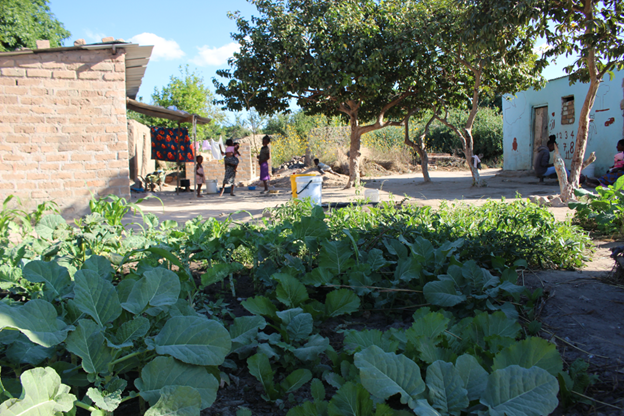
Figure 3: Low-income urban households in Zambia growing vegetables to supplement their food needs. Image credit: Julia Davies
The garden that I am sitting in at my parent’s house in Montagu is a good example of how urban residents can become more self-sufficient by producing their own food. However, very few lower-income households in southern Africa have the space, labor, knowledge, or resources that they would need to do this, especially at a scale large enough to alleviate food insecurity [2]. As I found in my recent study of urban agriculture in small cities in Zambia and Kenya [3], only 33% of households were producing food, with many households facing barriers such as settlement informality and a lack of property rights. Rather than producing food, most people living in urban areas depend on food purchases from various retailers such as supermarkets, small shops, public markets, and street vendors [4]. Restaurants and fast-food outlets such as KFC and Hungry Lion are also becoming more common in cities across the region.
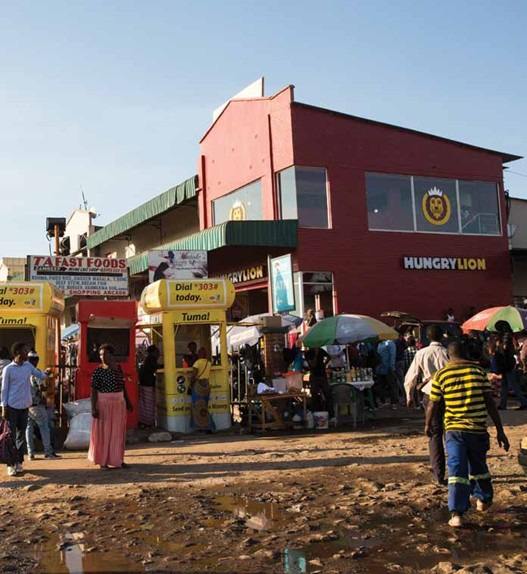
Figure 4: A Hungry Lion fast food outlet in an African city. Image credit: Masixole Feni, Consuming Urban Poverty project.
The amount and type of food that people buy, and the type of retailer that they purchase their food from, is very closely tied to their income and to their ability to access affordable retailers, for example by using public transport or buying food from mobile street vendors, which are illegal in many southern African cities [5]. Urban planning and governance are therefore critical for achieving sustainable and resilient urban food systems [6]. I will emphasize this connection through my engagements with stakeholders in Zambia, for instance by highlighting how governments can integrate food systems planning into city planning through land use and zoning regulations that support urban agriculture and the development of traditional public markets in proximity to low-income residential areas. As our recent study on urban food systems in Zambia and Kenya showsiv, these markets are critical to the food sourcing strategies of urban households across the region. My current research (forthcoming) further examines the challenge of urban food governance through the lens of traditional public markets in Zambia.
During my CLIMAS fellowship year, I will develop a second policy brief and webinar that focuses on the topic of public market governance. Like the first webinar and brief on urban agriculture, I plan to share and discuss these findings with government stakeholders from local to national scales and across various departments in Zambia, including market officers, public health officials, and non-government stakeholders such as representatives from the WFP and FAO. In these stakeholder engagements I will highlight the implications of my findings for policy and practice and create a space for rich conversations and new connections.
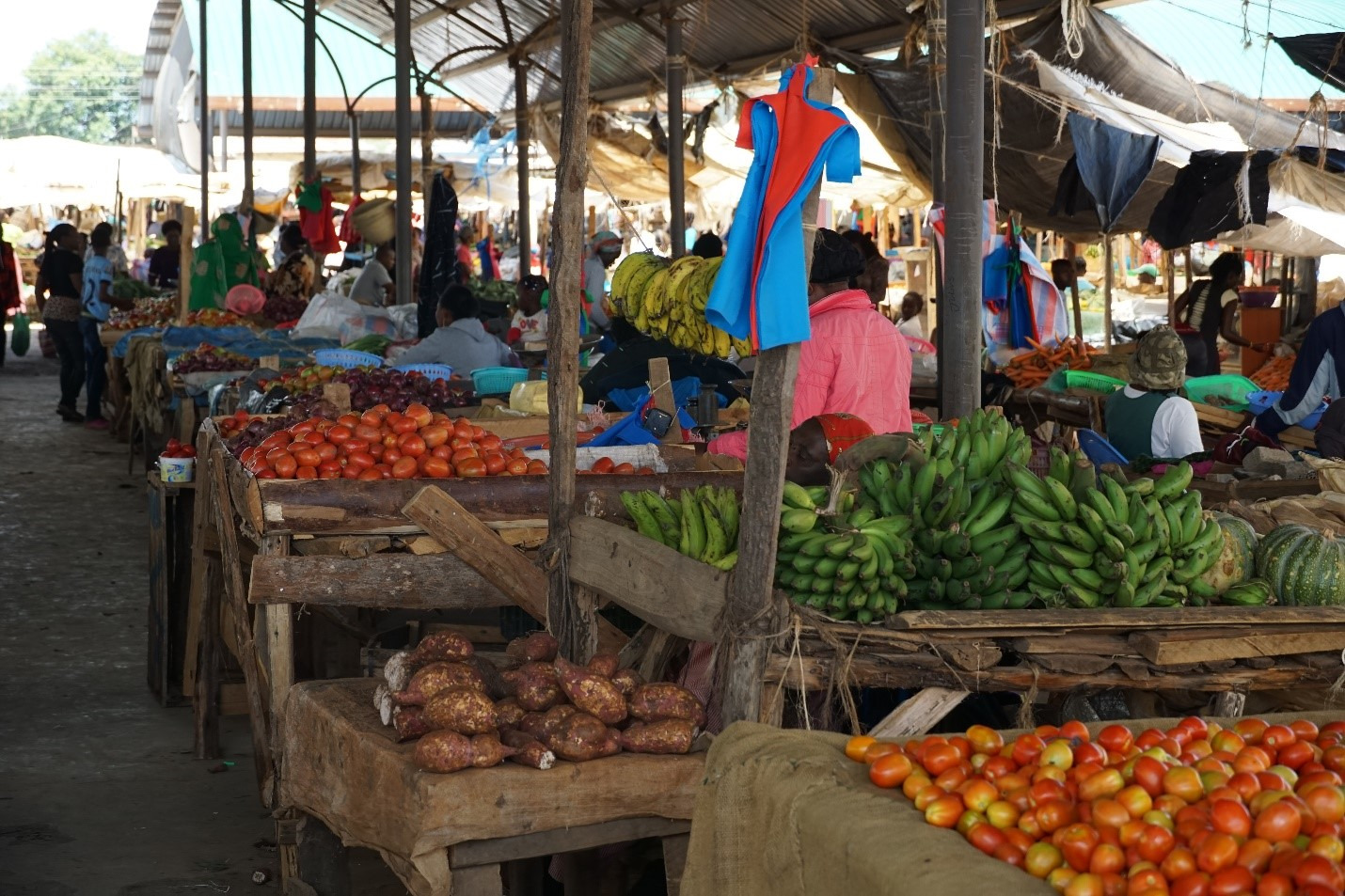
Figure 5: A traditional public market in Nanyuki, Kenya. Image credit: Corrie Hannah
It feels a bit bizarre that I had to leave my home country and pursue a PhD in Arizona to realize the close connections between food and cities in southern Africa, which I seem to have taken for granted in the past. I think Wayne Roberts (2001) [7] illustrates this connection most compellingly in his statement that “more than with any other of our biological needs, the choices we make about food affect the shape, style, pulse, smell, look, feel, health, economy, street life and infrastructure of our city.” The choices that are made today about food in southern Africa’s cities will therefore play a significant role in how these cities evolve in the coming decades. On the other hand, urban governance and planning decisions will profoundly affect how urban food systems function in future.
It's getting late here in Montagu, and the sun will be setting soon. I can hear my mother in the kitchen preparing dinner, and as I get up to help her, I feel grateful that we have access to fresh and healthy food right on our doorstep.
- Davies, J., Spear, D., Chappel, A., Joshi, N., Togarepi, C., & Kunamwene, I. (2019). Considering religion and tradition in climate smart agriculture: insights from Namibia. The Climate-Smart Agriculture Papers, 187-197.
- Frayne, B., McCordic, C., Shilomboleni, H., 2014. Growing out of poverty: does urban agriculture contribute to household food security in Southern African Cities? Urban Forum 25 (2), 177–189. https://doi.org/10.1007/s12132-014-9219-3.
- Davies, J., Hannah, C., Guido, Z., Zimmer, A., McCann, L., Battersby, J., & Evans, T. (2020). Barriers to urban agriculture in Sub-Saharan Africa. Food Policy, 101999. https://doi.org/10.1016/j.foodpol.2020.101999
- Hannah, C., Davies, J., Green, R., Zimmer, A., Anderson, P., Battersby, J., ... & Evans, T. P. (2022). Persistence of open-air markets in the food systems of Africa's secondary cities. Cities, 124, 103608.
-
Battersby, J., & Watson, V. (2019). Urban food systems governance and poverty in African cities. Taylor & Francis. https://doi.org/10.4324/9781315191195
-
Haysom, G. (2021). Integrating Food Sensitive Planning and Urban Design into Urban Governance Actions. In Urban Forum (Vol. 32, No. 3, pp. 289-310). Springer Netherlands.
-
Roberts, W. (2001). The way to a city’s heart is through its stomach. Toronto: Published by the Toronto Food Policy Council.

